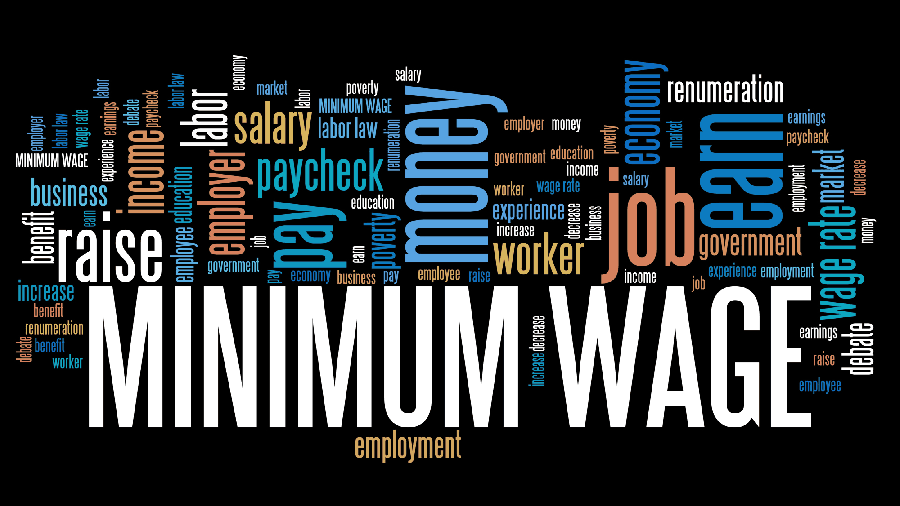Since 2012, the American movement, ‘Fight for $15’, advocating a minimum wage of $15 per hour, has gained momentum. In India, the National Floor Level Minimum Wage was Rs 178 per day in 2021, which translates roughly to Rs 46,000 annually.
The concern regarding minimum wage is universal. Labour leaders in the United Kingdom are mulling the idea of a £15-an-hour minimum wage; in Nova Scotia, Canada, the minimum wage will be raised to $15 an hour in 2024. A February 2021 report of the Congressional Budget Office of the United States of America estimated that while raising the federal minimum wage to $15 an hour by 2025 would benefit 17 million workers, it would also reduce employment for 1.4 million people and increase the federal budget deficit by $54 billion over 10 years. Consequences of a similar nature may be expected in other countries too.
What about the corporate sector? Interestingly, while $15 per hour means nearly $30,000 annually, back in 2015, Dan Price, the founder and CEO of a Seattle-based credit card processing company, Gravity Payments, almost doubled the starting wage by instituting a $70,000 minimum wage at his company and slashed his own salary of $1.1 million to $70,000 in order to pay for it.
The background, the initial hurdles, and short-term results of his experiment were described by Price in his book, Worth It. In fact, he was partly motivated by a 2010 paper by two economists, Daniel Kahneman and Angus Deaton — both are Nobel laureates — who argued that a person’s happiness and well-being may rise with income, but only up to an annual income of $75,000.
Price got an offer from Mark Burnett, the American television impresario, to be the new Donald Trump on a show called Billion Dollar Startup. Gravity was flooded with resumes. A high-powered Yahoo executive was so inspired by Price that she quit her job and went to work for Gravity at what she insisted would be an 80-85 per cent pay cut.
Six years on, in 2021, Price tweeted: “Since then our revenue tripled, we’re a Harvard Business School case study & our employees had a 10x boom in homes bought.” In fact, in 2019, Gravity acquired ChargeItPro, an Idaho-based company, and the employees in Idaho were also given the $70k minimum wage guarantee.
In their August 2015 Harvard Business School case study, Mitchell Weiss, Michael I. Norton, Michael Norris and Sarah McAra tried to assess whether Price made the right move and if Gravity would thrive or even survive. Optics matter just as much, Michael Wheeler of the Harvard Law School thought. In 2014, the city of Seattle voted to phase in a $15 minimum wage over the next several years. And Price’s move could be viewed in that context as well.
“Always invest in people,” Price said in 2021. However, can Price’s humane approach be a new model in business instead of the traditional market-centric wisdom? Not many companies were inspired. From the perspective of businesses, such a move might work if it is implemented by only a few companies and employees have not many lucrative alternative options. For example, one newly hired 23-year-old administrative assistant was worried about pressure: “Am I doing my job well enough to deserve this,” she asked. Three years after Price announced a minimum of $70k pay for Gravity employees, Mike Wheeler wrote: “I’m not saying that every company should or can follow suit. I still wonder if this approach can be scaled up.” Back in April 2015, in a New York Times piece titled “One Company’s New Minimum Wage: $70,000 a Year” Patricia Cohen argued that Dan Price’s small, privately-owned company is by no means a bellwether, but his unusual proposal does speak to the issue of the disparity between the soaring pay of chief executives and that of their employees.
Through a colossal attempt, a modern Robin Hood has provided an impetus for economists, business analysts and society as a whole.










